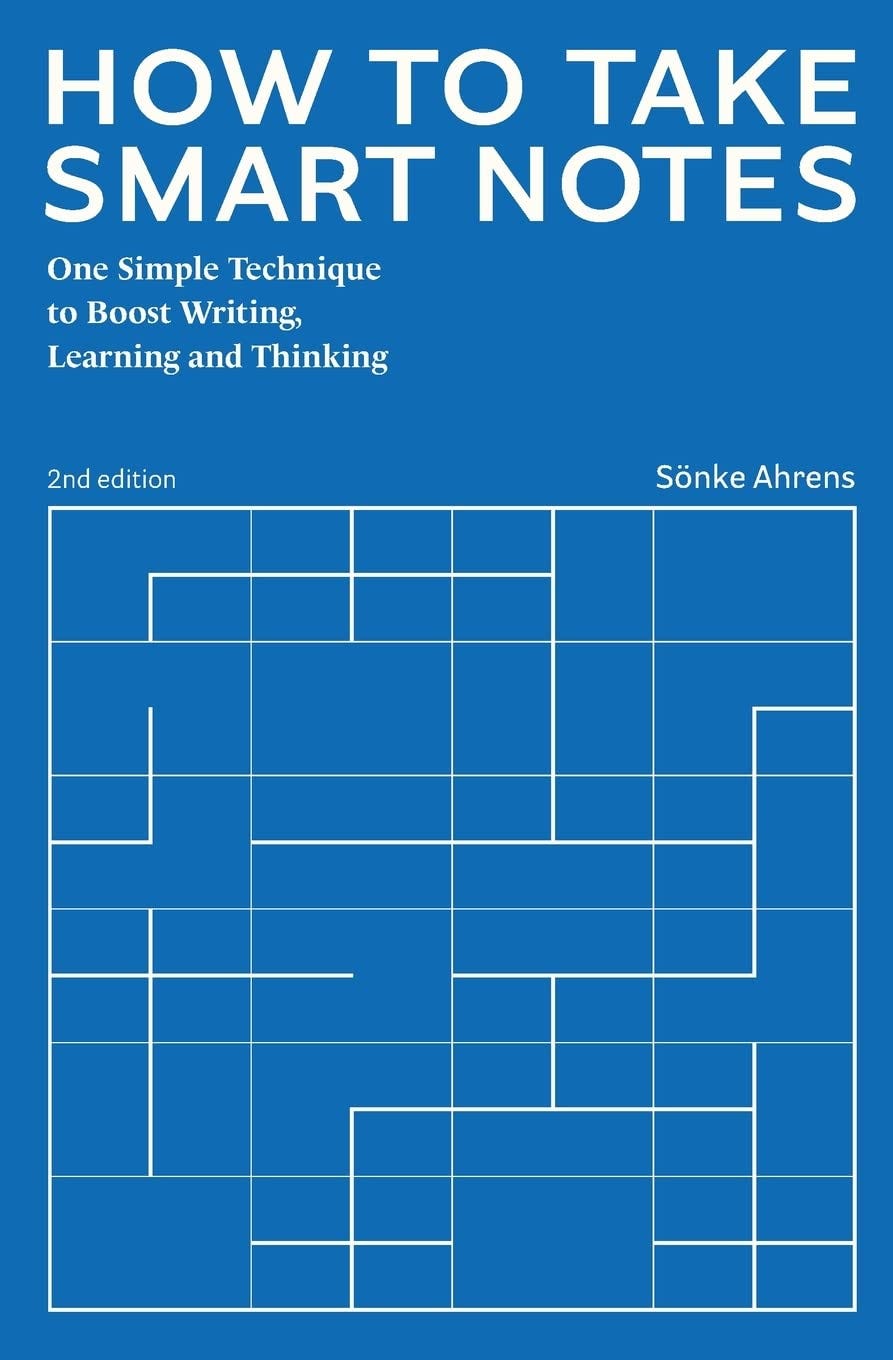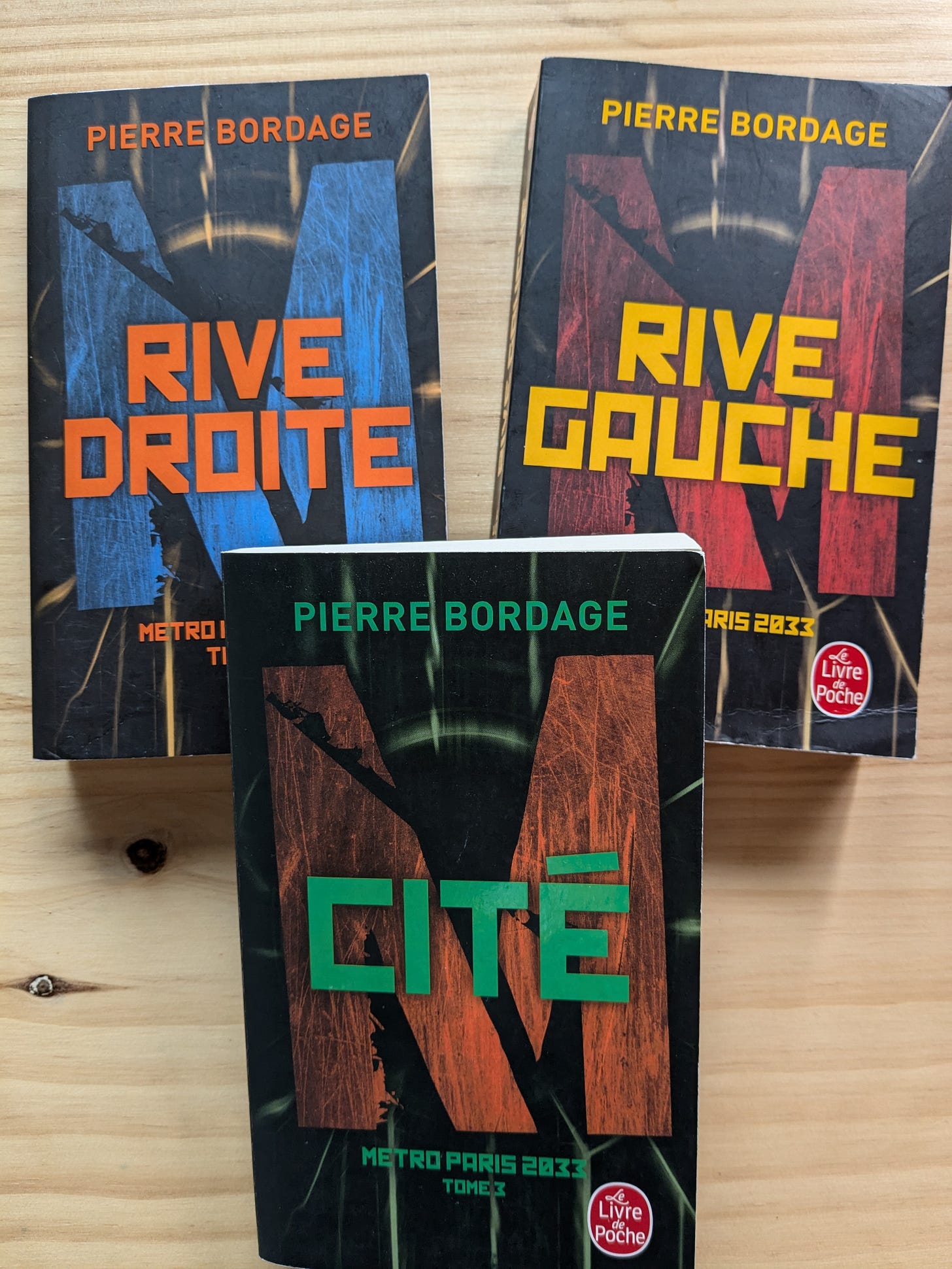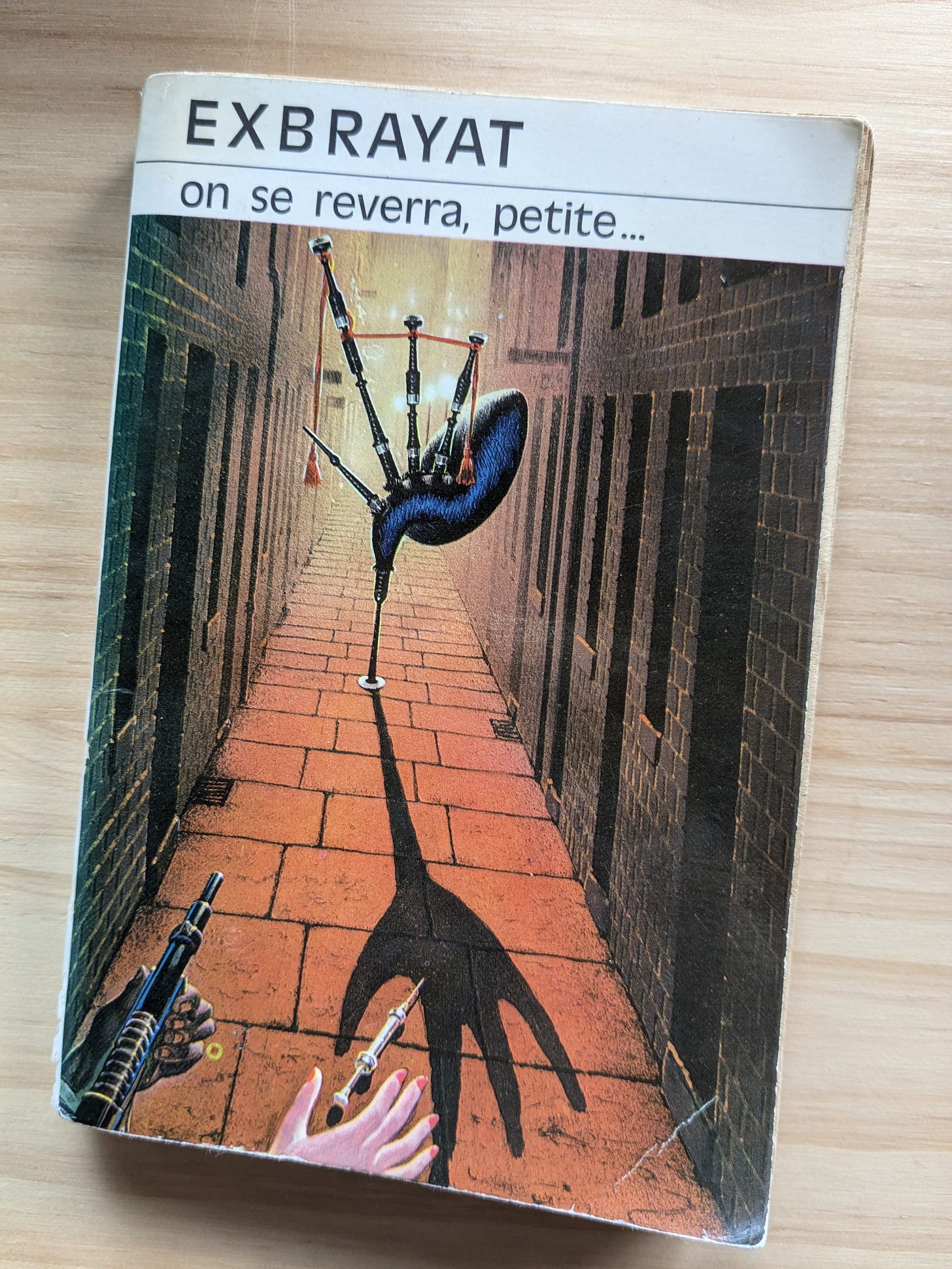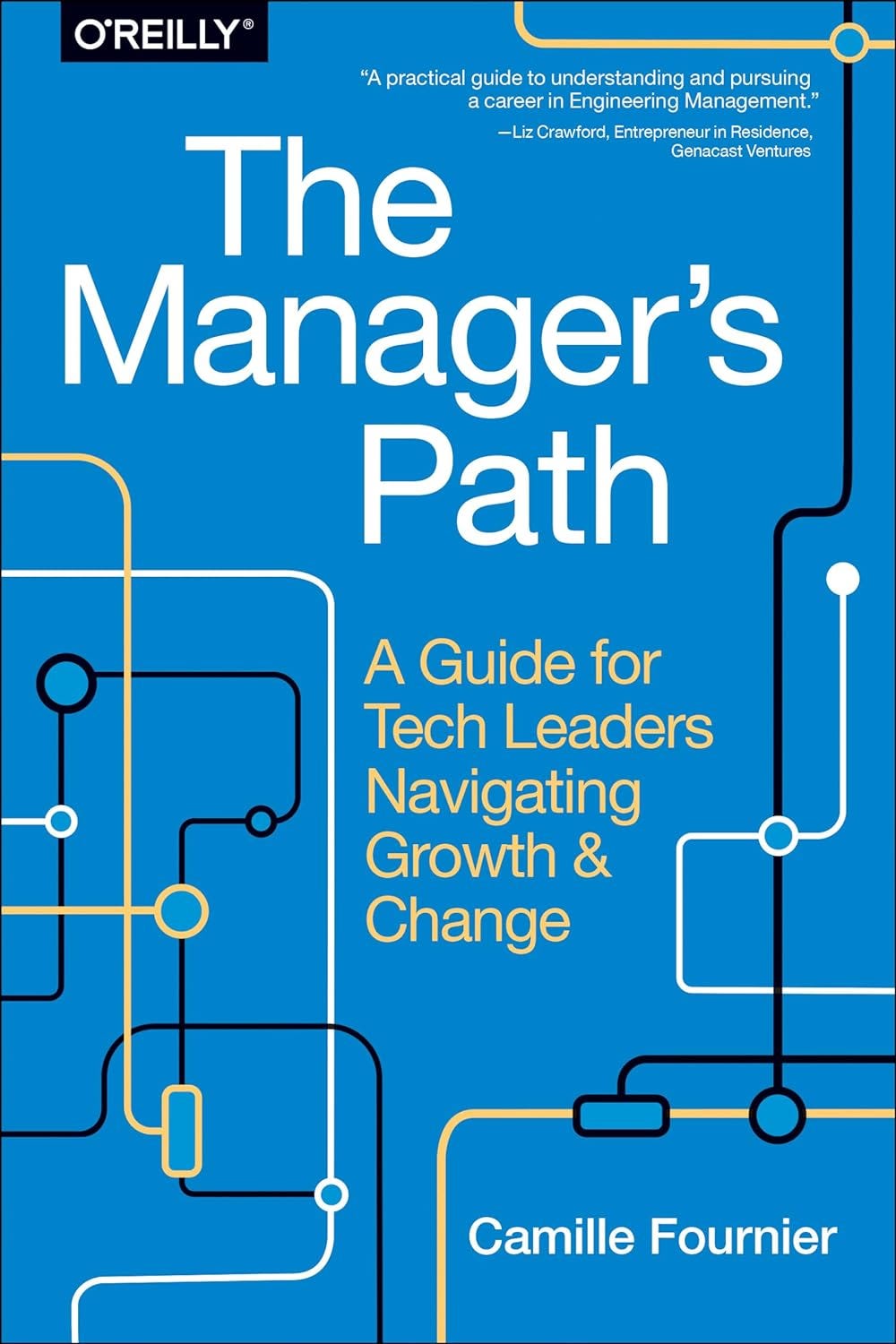📚 Books I read in July & August 2024
Today's issue is packed with the summaries and reviews of all the books I read during the summer. I hope you'll enjoy and that you'll pick up one or more of todays'recommendations!
Last month, I was traveling around Europe with the family, so I skipped July's edition of the books I read. I combine July and August books in a single post in today's issue.
Summer is a period when I like to indulge in more leisurely reading.
As we went to see our families in Italy and France, all the fiction books I've been reading were Italian or French. I read them in their original language, so I have no idea whether they've been translated into English or whether the English translation is good.
There is also a packed selection of non-fiction books that should interest all my readers.
Given this is a long list, I'll make every review more concise than usual. If you'd like to know more about one or more of the books mentioned in the article, please ask questions in the comment section.
As usual, you'll find some affiliate links in this article.
Let's dive in, as usual, following the order in which I finished them.
The Intelligence Illusion by Baldur Bjarnason
The Intelligence Illusion by Baldur Bjarnason
256 pages, First Published: April 15, 2023
This is the second book I read from Bjarnason after Out of the Software Crisis1. While the first book focused on taking a system's thinking perspective on software engineering, this one is all about sharing the author's perspective on AI, specifically on Gen AI.
Its subtitle indicates Bjarnason's views on the topic: A practical guide to the business risks of generative AI.
This deeply researched book touches on many aspects of GenAI: how its approach is taking a paradigm that is very different from how intelligence appears in nature, the legal risks of using GenAI in a software business, the trap of anthropomorphism, the issue with claims that can't be peer-reviewed as all the models are kept secret; the problems of poisoning, hallucinations, and memorization; etc
The book is not just a collection of opposing views on AI.
It does come with recommendations on using AI more safely, focusing on specialized tools with a narrow use case, especially audio/video transcription and summarization tools, as this is an area where GenAI does a very good job.
The following quote perfectly summarizes the recommendation:
In the meantime, as a rule of thumb, the safest and probably, the most productive way to use generative AI is to not use it as generative AI. Instead, use it to explain, convert, or modify.
The Mediocrity Trap issue was probably one of my favorite parts of the book. In it, Bjarnason explains how general AI tools, being statistical models trained on a lot of data of variable quality, tend to produce mediocre outputs, as the majority of the training data is—by definition—mediocre as well.
He also covers using GenAI models in software development and warns against two fundamental biases that make this approach risky: Automation and Anchoring Bias.
Automation bias: People have a tendency to trust what the computer says over their own judgement.
[…]
Anchoring bias: Our mind fixates on the first thing that anchors it in that context.
I enjoyed reading this work from Bjarnason significantly more than the previous one.
I wish Bjarnason would do one thing to make this book even better: publish it as a second edition updated with the latest developments.
This book was published in mid-2023, and many things in this field might have changed—or not—in the GenAI camp.
In the meantime, I strongly recommend it to anyone interested in better understanding GenAI's space besides marketing pitches.
How to Take Smart Notes by Sönke Ahrens
How to take smart notes by Sönke Ahrens
178 pages, First Published: February 24, 2017
I've been hearing a lot of praise for the Zettlekasten2 method for note-taking, and I planned to experiment with it during the summer break. I then decided to read this book, widely recommended as the Zettlekasten bible.
Let's start with the end: I did not experiment with Zettlekasten during the summer break.
There are two reasons for that.
On the one hand, I preferred to engage in outdoor activities and just read while on vacation.
On the other hand, this book did not convince me. Let me explain why.
In a nutshell, Zettlekasten is a method for note-taking designed around the principle of taking small individual notes linked with each other to create a semantic web of atomic notes. The book focuses on the experience of Niklas Luhman, one of the most prominent practitioners of this methodology. He was a very prolific German sociologist who attributed the merit of his productivity to his use of Zettlekasten, which allowed him to publish about 50 books and 550 articles.
I found the content of the book intellectually stimulating, but it still did not do a good job of convincing me for two main reasons:
The Zettlekasten methodology is presented throughout the book as a silver bullet. It's presented as the single ingredient supposed to make a difference between a life of mediocrity and one of productivity and rewards. I'm generally skeptical of such claims, especially in contexts such as intellectual endeavors that are complex and multifaceted. Trying to sell something as the one solution tends to push me away from it
This system involves a very high level of friction in an activity I naturally enjoy: reading. I find pleasure and value in reading anytime I can: on a train ride, waiting for someone at a table, before going to bed, etc. If I had to always be equipped with a pen and paper to take notes while reading a book, this would result in me reading less.
This means that for now, I'm sticking with my current method of marking pages and passages that I found particularly interesting directly in the book with a pencil and then quickly skimming through the pages when I am about to write these monthly reviews.
I know many Zettlekasten practitioners are out there, and I'd like to hear from you on the following questions: How did you get started? How are you managing the friction in the process? Do you have a sense of this approach's ROI, with a particular focus on the I component?
I'm looking forward to reading your comments.
L’Arte Della Gioia by Goliarda Sapienza
L’Arte della Gioia by Goliarda Sapienza
540 pages, First Published: January 1, 1998
My wife offered me this book for my last birthday, and I can't thank her enough for introducing me to this gem. It is one of the best pieces of literature I have read in recent years.
I was about page 10 when I realized that.
This book's story is in itself fascinating.
Written in the early 1970s, it faced massive pushback from the Italian publishing industry. It was only partly published in 1994. But in the early 2000s, it was “discovered” by a German publisher, who printed it in Germany in 2005 and then picked it up in France, where it became a massive success in 2013.
The Italian copy I read was printed in 2015, 40 years after the author finished writing it.
It's hard to summarize such a book. To give you an idea, this is what it is about: the life of Modesta, a girl of very humble origins born in Sicily in 1900, and how her life unfolds following unbeaten paths against the background of a very conservative society, the ascent of the fascist party, and World War Two.
The fundamental beauty of this book is not to be found only in what it talks about but rather in how it does it. This is pure literature, and it shows how Modesta and the author, Goliarda Sapienza, were women way ahead of their time.
Highly recommended to anyone who enjoys good literature.
Thinking in Systems: A Primer by Donella H Meadows
Thinking in Systems, a Primer by Donella H. Meadows
218 pages, First Published: January 1, 2008
Writing a short summary of this book is challenging as it's packed with information and nontrivial concepts. It's a primer; all the content is quite accessible, but summarizing it in a few paragraphs risks oversimplification.
This book is a great introduction to System Theory and System Thinking. It introduces the foundational concepts and develops many insights and guidelines for recognizing, understanding, and dealing with systems.
Underlying the theoretical theory, Meadows’ environmentalist views emerge, which, for me, is a plus. It's both comforting and terrifying to realize that what she wrote more than 30 years ago is still a reality. On this front, things have not gotten better, only worse.
Even when the author’s political views become apparent while reading the book, that doesn't detract from the validity of her theory.
I decided to read this book to become more well-versed in System Theory, which was a good call. I feel equipped to move into more advanced literature on the topic, but I believe I'll have to revisit Thinking in System again.
One of the key messages from the book can be summarized in the following quote.
In the end, it seems that mastery has less to do with pushing leverage points than it does with strategically, profoundly, madly, letting go and dancing with the system.
Working with systems is more like a dance in which we are present, understand the dynamics, constantly process feedback, and react to it with a combination of knowledge, instinct, and muscle memory.
Anyone who wants to get into system theory should read it.
Metro Paris 2033 Trilogy by Pierre Bordage
Metro Paris 2033: Rive Gauche by Pierre Bordage
432 pages, First Published: May 28, 2020
Metro Paris 2033: Rive Droite by Pierre Bordage
458 pages, First Published: July 4, 2024
Metro Paris 2033: Cité by Pierre Bordage
565 pages, First Published: July 4, 2024
While in France, I picked up the three volumes of this trilogy as they looked promising, and I wasn't disappointed. They tell us the story of a post-apocalyptic world where humans have been forced to find shelter in the underground metropolitan network—the Metro—to escape from radiation and pollution on the earth's surface caused by massive atomic strikes.
As many good sci-fi books often do, this book focuses on social and political organizations, how they emerge, and how they evolve in different contexts. In that sense, Metro Paris 2033 reminded me of the Mars trilogy by Kim Stanley Robinson, although it cannot match its depth and level of sophistication.
I found this an interesting read, though some characters tended to be annoyingly predictable and stereotyped.
On a personal note, having lived in Paris for four years, I found it pleasant to feel familiar with the metro's topology and how the geographical separation between the right and left banks (Rive Droite, Rive Gauche) influenced underground society.
At the end of the first book, I realized this trilogy had been inspired by a similar work by Dmitry Glukhovsky, which takes place in the Moscow Metro.
I guess I will have to read that one too, now.
Du Bois Pour Les Cercueuils by Claude Ragon
Du Bois Pour Les Cercueils by Claude Ragon
368 pages, First Published: November 24, 2010
I found this book in one of those “free books boxes” you find in most villages across France. In these boxes or closets, people leave books they don't need anymore so that others can pick them up and read them.
There is a long and prolific tradition of detective novels in France, a genre called polar, which I often indulge in.
Although this pick was an easy read, it didn't stand out as a great piece of work. Both the plot and the characters were a bit too obvious.
It is not recommended unless you have little else to read.
On Se Reverra, Petite by Charles Exbrayat
On Se Reverra Petite by Charles Exbrayat
250 pages, First Published: January 1, 1964
This was another find from the free boxes, another Polar… and a good surprise. I didn't know the author, and I'll look out for more of his books on my next trips to France.
It has everything I look forward to in detective novels: a good plot, intriguing and surprising characters, unexpected resolutions, and a lot of good humor. It was so genuinely funny to read that, at times, it reminded me of some of the best work from San Antonio—a great classic in French detective novel authors—but just a bit less provocative.
This book has all the ingredients for a good summer read, and I'm looking forward to reading more from Exbrayat.
The Manager's Path by Camille Fournier
The Manager's Path by Camille Fournier
226 pages, First Published: May 16, 2017
I listened to the Audiobook version years ago. Still, I recently decided to (re)read the paperback version as I'm working on online courses for engineering managers and leaders.
Published in 2017, it is an excellent classic on Engineering Management.
It's often cited as the reference work in this space and for good reasons. I expect most of my readers to have read it already. If you haven't, I recommend buying one copy and reading it.
That said, coming back to it as a more experienced leader and more educated reader myself, I couldn't help but spot a few missed opportunities:
It's supposed to cover the entire journey from Tech Lead to CTO, but most of the juicy content and details cover the first part of the trajectory. I found the chapters on Senior Leadership to be weaker and less specific.
It feels like the book is based on Camille Fournier's experience with a single company, Rent the Runway. Though it presents perspectives from other people, writing a whole book based on the journey of a single person in a single company makes it question its applicability. Is there survivor's bias at play?
Though the book touches on the Tech Lead and Engineering Manager figures, it misses the opportunity to clarify the often muddy relationship between these roles: how to split responsibilities, where and how to collaborate, etc.
Finally, Chapter 9, titled Bootstrapping Culture, is a collection of topics I felt the author didn't know where else to put and labeled them under the culture umbrella for lack of a better term.
This book is still a must-read for anyone covering or considering a leadership role in tech.
Hopefully, a second edition will be published in a few years that addresses some of the shortcomings of the first one.
If you found this valuable
If you found this valuable, here are other ways I can help you and your company:
Follow me on LinkedIn for regular posts on tech leadership throughout the week.
Contact me if you're interested in a Fractional CTO, Technical Advisor, or Board Member for your company.
Snatch one of the last few Founder Memberships for my Group Coaching and Mentoring subscription. Find out more details in this post.
Work with me 1:1 as your mentor and coach. I love working with driven and competent people in their specific situations and providing personalized guidance, insights, perspectives, and support.
You can read about it in the May edition of “Books I read”













Great summaries, I got a few books added on my reading list.